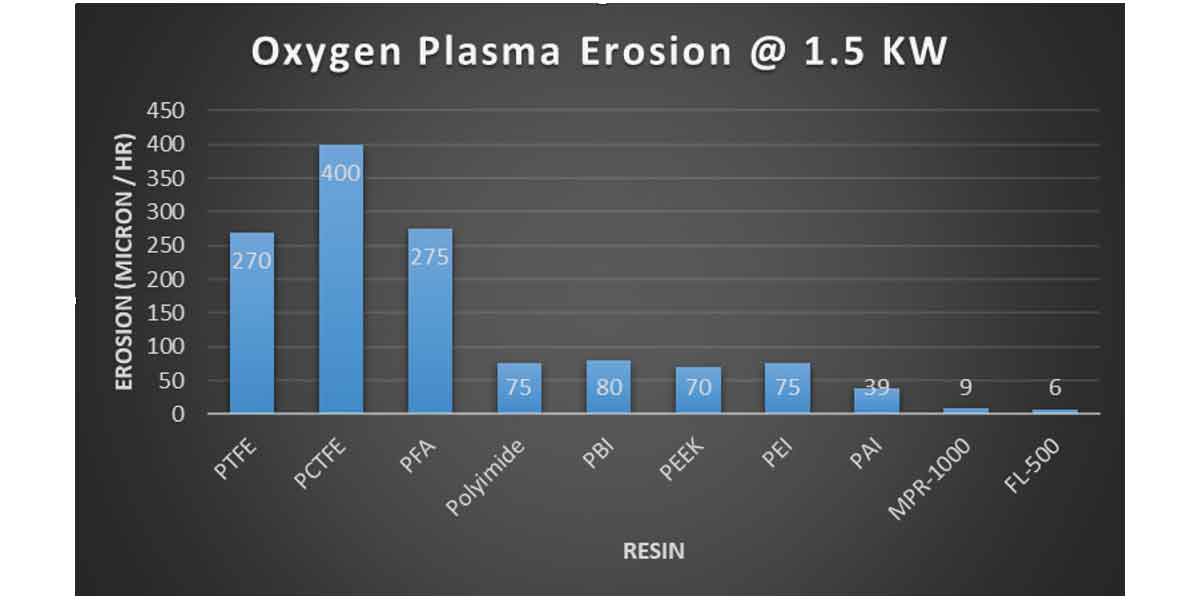Plastic Performance in Oxygen Plasma with Vacuum Chambers

Introduction
Plastic materials were prevalent in etch chamber in applications that were used to secure wafers such as retaining rings, secure components with applications such as screws & pins, and handle wafers with applications such as wafer chucks. However, when oxygen was introduced into the dry etch chamber to clean the chamber between etch cycles while at the same time electrode power was increasing exponentially to decrease cycle times the menu of plastic materials that could be used became limited.
Energized oxygen is lethal to most plastics. Many applications were replaced with quartz, which is expensive and limited in its design capabilities as well as prone to break, or ceramics which are expensive but less limited in the design potential. Still, there are many applications that are better suited for plastics such as screws. Thus, designers need to understand which materials perform best under certain conditions.
Criteria for Selection of Plastic Materials
Performance in Plasma Gas
There are two main criteria to consider in the selection of plastic materials to be used in a plasma chamber. The first is the performance of the plastic in the particular plasma gas. Generally, there will be two types of plasma that the plastic will be subjected to. The first is the dry etching plasma. To create the dry etching plasma, energy in the form of RF is applied to a chemically reactive element such as fluorine or chlorine. This plasma will etch everything in its path to an extent acting as a micro sand blaster.
The second gas that the chamber is exposed to is energized oxygen or oxygen plasma. Often oxygen plasma is used to clean the chamber between cycles. The oxidized plasma will combine with any residual free radical in the plastic to attack the polymer backbone covalent bonds, thus disintegrating the plastic. Not all resins act the same due to the varying amount of free radicals present in the raw plastic as a result of their manufacturing.
The results from the oxygen plasma are that at increasing electrode power (RF) the conditions for loss of material into the chamber increase dramatically. Just an increase from 1KW power to 2KW power increased the plastic erosion rate by about 6X!
Ionic Purity of Materials
The second criteria to consider is the ionic purity of the materials. Since erosion will occur, residual material will find its way into the chamber. The polymer itself will burn off without creating contamination issues, however, it is important to limit the metal content that finds its way into the chamber.
There are two ways to limit the metal content into the chamber, one is to limit the metal found in the material which is often a by-product of the catalysts in the polymer formation. The second is to limit the amount of erosion of the material into the chamber. A material with 5X ionic metal content is still cleaner to process if it has 20X less erosion.
The table shows etch rates of commonly used materials in Oxygen plasma.

|
Download As PDF |
